Microgrid - CSUM
First ever Microgrid (Academic) Project - curriculum in progress
- Management - Supply Chain + Operations
- Innovation - Engineering Technology
- Sustainability - Environment
Your opportunity to join the program and incorporate this microgrid project into the future operations! Exploring cost effective strategies to make the campus independent of grid power. Clean power will be generated onsite with multiple technologies including PV Solar, Fuel Cell, Solar Thermal, Wind Power, Energy Storage Battery, and Marine Hydrokinetic technologies, showcasing several zero emission technologies for academic purposes. Energy Conservation measures in lighting and HVAC will also be identified and implemented. Innovative and creative financing mechanism are also being evaluated to minimize financial burden on general fund.
As we go forward with the microgrid RFP, please ask questions which includes our faculty and staff. The business decisions, engineering design, and our intent to make this part of the campus living lab point to several potential opportunities. We must secure senior level commitment and support for campus wide sustainability programs to authorize our assessment hosted by STARS. One central solar system connecting to other energy meters instead of connecting the grid all separately.
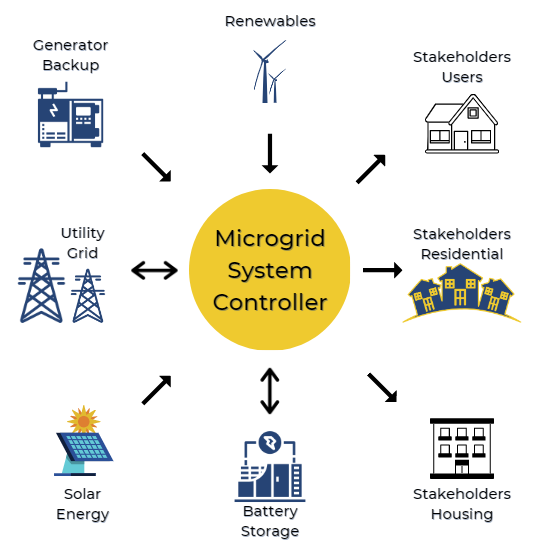
Create a PERT CHART
| PROJECT INFORMATION | PROFESSIONAL SERVICES | SELECTION PROCESS | ATTACHMENTS | STAKEHOLDERS |
|
|
|
|
|
Include: Executive Summary, Why the microgrid matters, Scope of Work, Phases
What changes in our thinking about project management when we are sure that we can expect the unexpected?
|
Management Supply Chain + Operations |
Innovation Engineering Technology |
Sustainability Environment |
|
|
|
|
|
Rules to create a work breakdown structure
|
|
|
Demonstrated completion of projects that received LEED certification, or completed projects that demonstrably conserve energy and other resources.
The project area/location must be a straight line, on level paved ground for an array of physical modules to be on ground mounts to be raised higher. The project intent is to design the microgrid, you must design with careful attention to future buildings and facilities. The CSU Maritime campus is committed to sustainability and will require this project achieves LEED PLATINUM certification and to meet campus energy performance benchmarks. Specify inclusion of large Solar-powered Parking Area to meet the infrastructure requirements for immediate construction & for future experimental crop parcels, buildings, & facilities.
RFP: This special assignments for three hours in a collaborative environment each week. Project preparation will bypass the requirement for cadets to spend watch for an additional six hours weekly to complete walkthroughs, designs, meetings, readings and assignments.
Example of the project will basically be
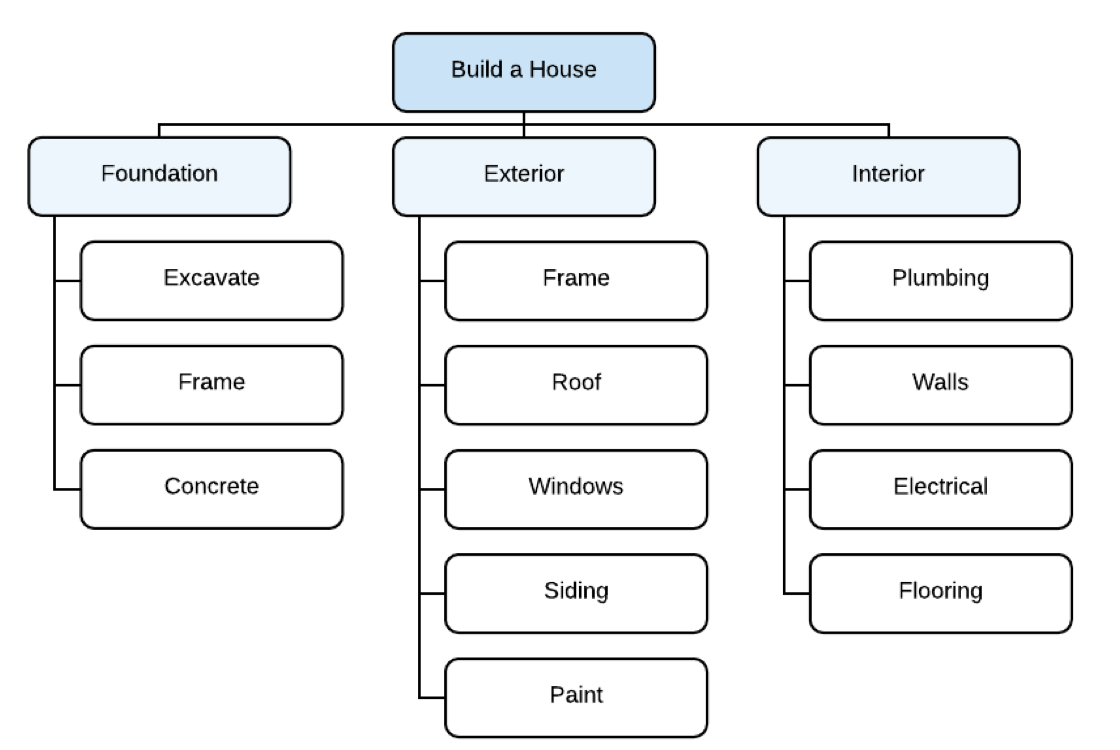
As a program
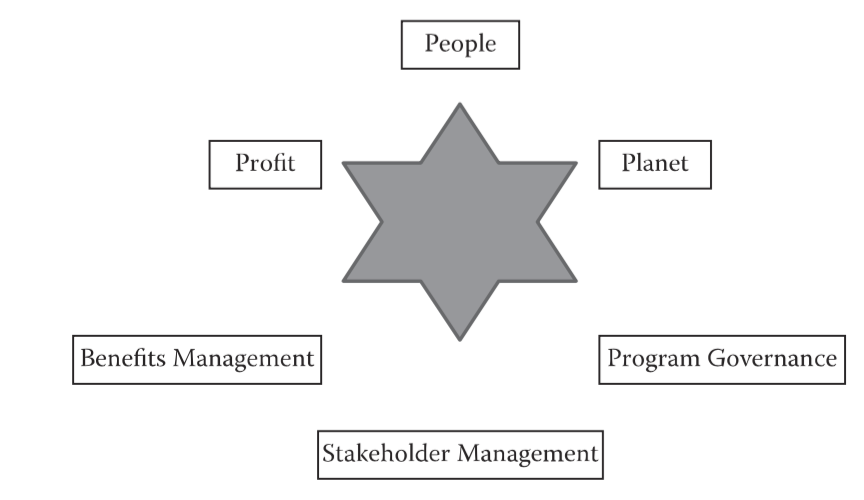
Planning for Project Risks
- As much as possible during planning stages of a project, draw attention to project
risks and develop plans for managing them.
- Might result in new tasks being identified, which will require additional resource requirements
- Identify likely sources of risk
- Develop plans to minimize probability that risks will materialize
- Develop plans to minimize impact if risks do materialize
- Important questions:
- Have we identified all the risks we can
- Which should we worry most about
- What would have major impact on the project
- Climate change: fire, wind, supply chain etc.
Project Structure and Risk
- Larger projects involve greater risks than a series of smaller projects
- Smaller projects are less complex and constitute smaller failures even when something does go wrong
- An advantage in “chunking” large projects into smaller ones: You can incorporate learning from early chunks into later chunks
Characteristics & Risk Anticipation
- If project outcomes are difficult to specify in advance
- If project objectives are likely to change while the project is in progress
- Sometimes we describe projects delivered in smaller chunks as being “iterative,” or we say they are achieved via “prototyping”
- Resources: adjust who is working on the project
- Time/schedule: adjust target completion date
- Scope: adjust what is included
For Cal Maritime to prosper over time, the supply of capital (facilities, buildings, machinery, and infrastructure) must be maintained and increased to meet the demands of increased population.
Our community is self-reliant. We can decrease reliance on imported food, energy, and financial markets by re-imagining campus with wind and solar energy, community gardens, and cadets’ markets to promote social cohesion by envisioning the number of goods and services exchanged by friends and neighbors.
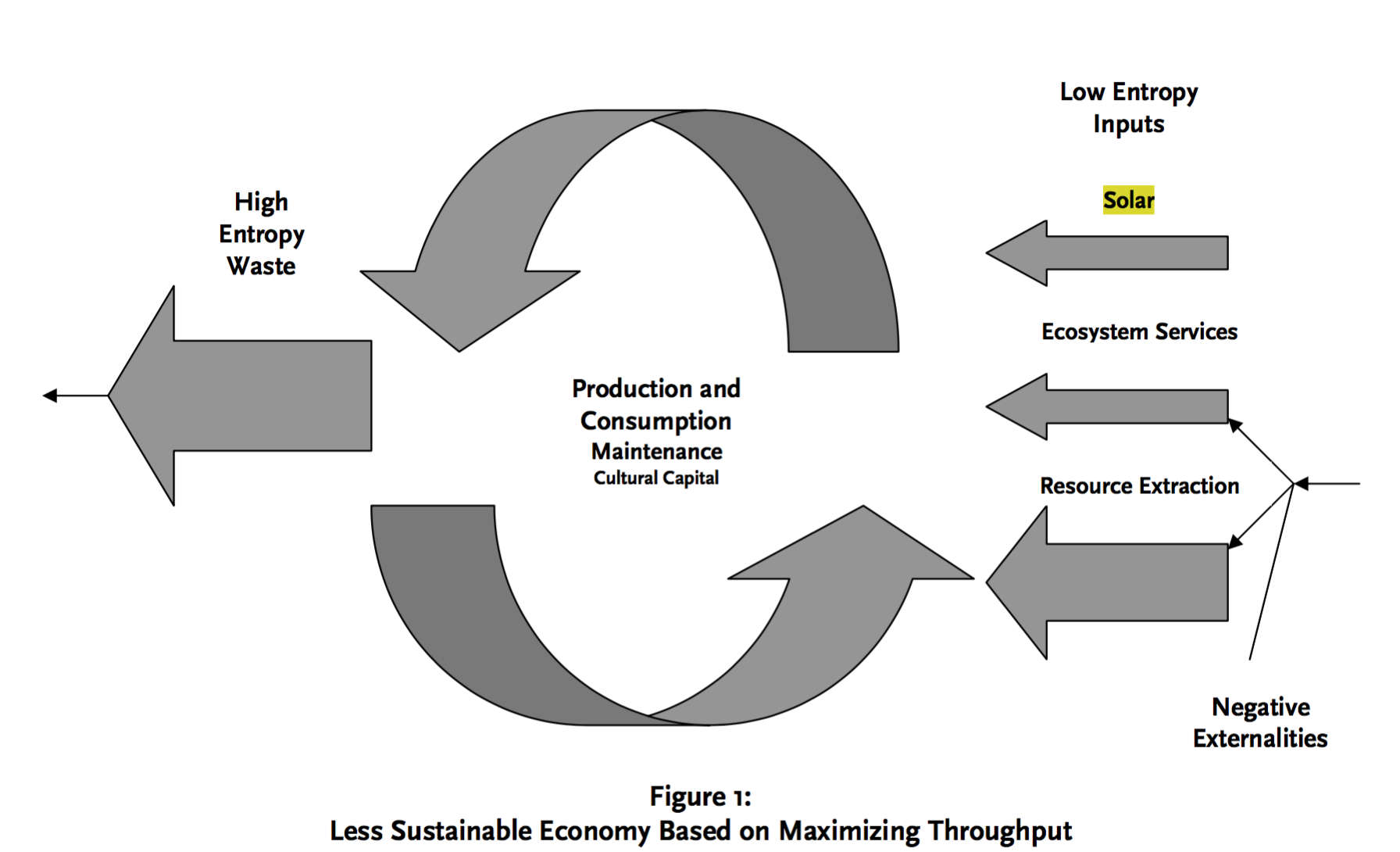
The concept of materials, energy, and information is used to describe two different kinds of economic systems. Figure 1 describes a less sustainable economy based on maximizing production and consumption, greater reliance on exhaustible resources for inputs, and generation of a significant waste stream that produces a host of negative externalities (such as air and water pollution) that feed back into the nearby marine world and impede ecosystem services. . In Figures 1 and 2, the relative size of arrows and text indicate what is emphasized or de-emphasized by each economic system.
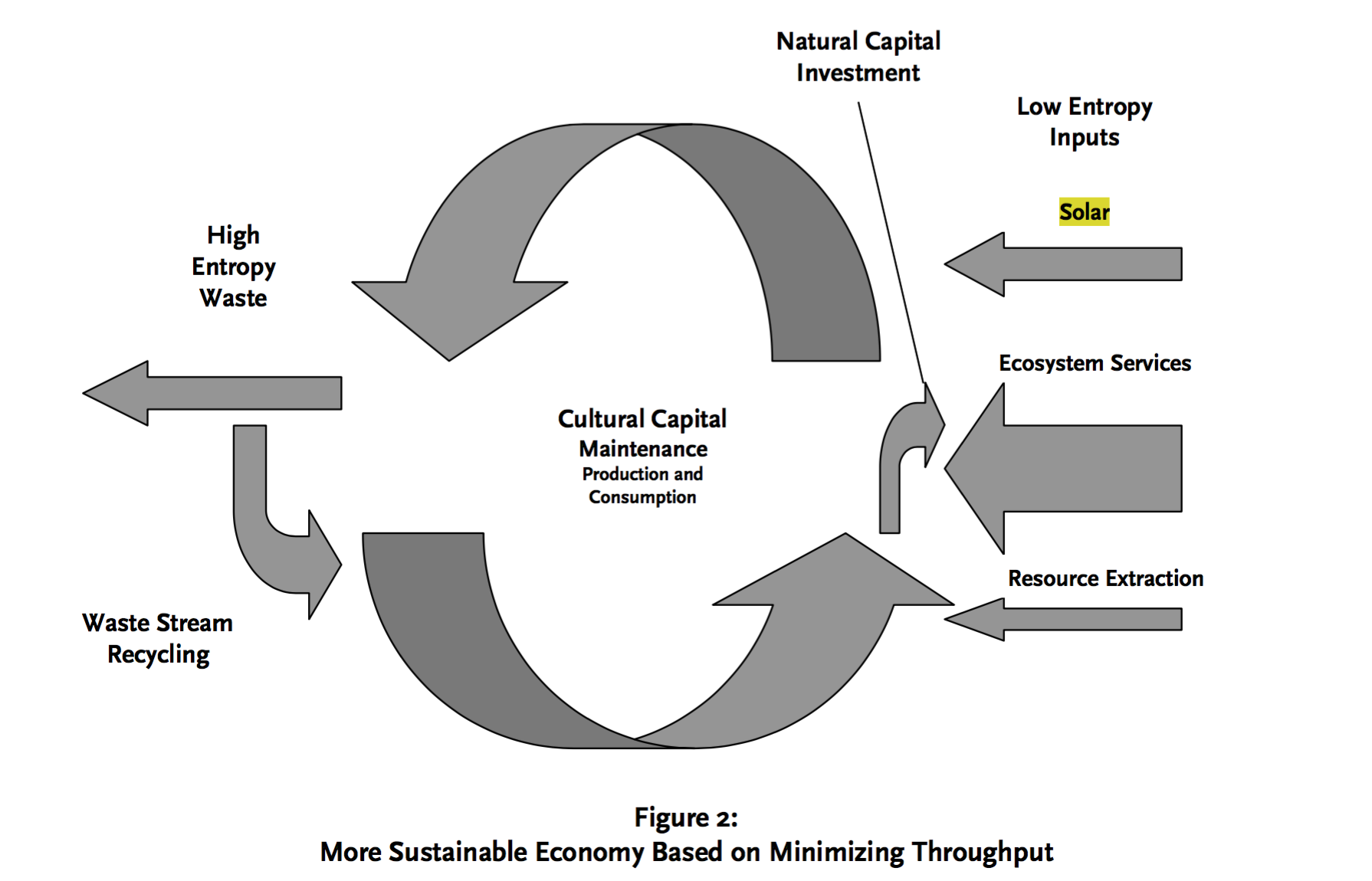
Figure 2, on the other hand, describes a more sustainable economy that depends more heavily on wind/solar energy and the services provided by natural ecosystems, that invests more of its resources into development of cultural capital and knowledge rather than production and consumption, that recycles a significant portion of the waste stream, and which invests heavily in maintaining and restoring natural capital/revenue for the campus.
How to start
- Express campus core values and objectives, right down to mission statement. Simply explain how these goals and objectives relate to the particular energy challenge or set of needs that you want to address. By starting with this holistic understanding of these foundational considerations, we are much more likely to offer an appropriate set of options that tie back to the organization’s needs, and can lay the groundwork to draw some conclusions about their energy considerations.
-
Highly collaborative effort between stakeholders and the energy solutions provider, wherein we begin to establish options, priorities, and an implementation plan. Consideration starts with understanding the differences inherent to the kind of organization that you are, in considering a new energy strategy, or set of solutions. This project will be strongly influenced by the voices from cadets and administration.
- Research economics, societal outcomes, and the environment
- By carrying out the steps as described that include the overall organization’s purpose, we assure that the energy implementation plan leading to the microgrid project always stays aligned with the organization’s overall master plan.
- From these considerations, the preliminary microgrid system is designed and begins to take shape. From here, we outline details such as the associated upfront costs, lifecycle cost implications, and overall economic returns. Any proposed plan is always measured against the base case of a ‘business as usual’ scenario, so that we have a baseline from which to make decisions. Putting all of this information together and following this process can lead to a much better understanding and fit for the microgrid solution that is best for your specific needs, and provides a well defined and manageable way to get there.
Potential Locations
- Bush and tree deforestation is required (all plans are contingent on the removal)
- Simulator Building, Mayo Hall, Marketplace (Dining Commons)
- Car ports at PEAC, Maritime North Residence Hall and O-Lot/E-Lot/A-Lot, CMPD (Police Department), McCallister Residence Hall
click on blue button to see campus map
Nine locations on-campus
- Three locations off-campus
- Use the nine (9) main meters hosted by PG&E Electric
- Need higher return, be lower than 10%
- PG&E must provide clear picture of power meters for campus
- Possible end points at facilities (I-80)
- The nine (9) locations need to align with the main campus energy meter
- End point at facilities
- End point at CMPD
- Linkage between two locations
- Main areas have big power usage
- Limit costs by making it controllable and nearby
- PEAC usage is very high
- 45,000 kW divided by 500,000 = 0.9
- Max megawatt usage = 2.8
- 45,000 kW divided by 500,000 = 0.9
- Use energy.csum.edu SkySpark information
Meeting with Congressman Garamendi
- Carquinez strait, utilize hydro kinetic
- Other technology defined as Marine Hydrokinetics is also being evaluated to identify the potential of generating clean energy from the water near the campus.
- Different than commercial aspect
- Solid compound battery, liquid compound, sailing, and renewable energy for ships (water)
- Plug into short power
- Ports problem is adding to grid demand
- big pull on power supply
- FEMA Department of Energy and Education
- Need accounts of support
- NEM = Net Energy Metering 3.0
Assuming the 800 kW project we are contemplating as a "Phase 1", here are some interesting annual metrics from the EPA calculator
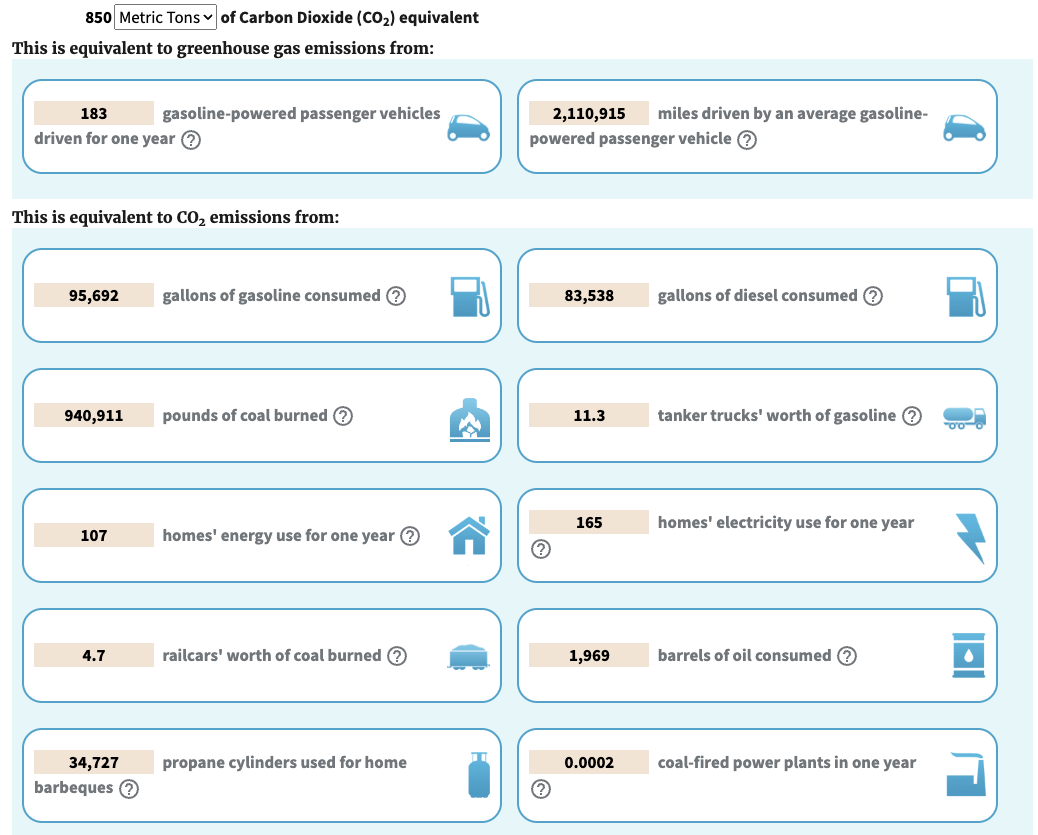
- Medium to long range needs; futuristic electrification replacing natural gas
- The current TSGB load is massive
- Must accommodate the load estimate of the ship
- $3-7million
- SOW + RFP needed
- Cost of the roof, addressing life cycle of the rooftops
- How to keep cost low = manually controlling buildings
- Deploying new technology
- Feasibility study, understanding the concepts with the bidders/organizations
- Big capture of concept design study
Academic Clean Microgrid
Exploring cost effective strategies to make the campus independent of grid power. In this initiative, clean power will be generated onsite with multiple technologies including PV Solar, Solar Thermal, Wind Power, Energy Storage Battery, and Marine Hydrokinetic technologies, showcasing several zero emission technologies for academic purposes. Energy Conservation measures in lighting and HVAC will also be identified and implemented. The campus will also be prepped for participating in Demand Response program. Innovative and creative financing mechanism are also being evaluated to minimize financial burden on general fund. This initiative will make our campus operation carbon neutral.
The goals of this project are to demonstrate how a standardized microgrid design integrating multiple DER components can contribute to meeting California's RPS targets and GHG reduction mandates, while meeting stringent cyber-security requirements and accelerating commercial viability of microgrids.
Marine Hydrokinetic Power (MHK)
Cal Maritime's MHK advisory team is working with Cross Border Solutions Company in identifying the feasibility of generating Hydrokinetic power from Cal Maritime waters. This study will identify how much zero emission power can be generated from Cal Maritime waters, how much can be used by the campus and how much can be sold back to PG&E or neighbors Chevron and City of Vallejo. This preliminary study is of no cost to Cal Maritime.
To achieve these goals, this project includes the following objectives:
- Evaluate the need to create resilient and disaster-readiness infrastructure through low-carbon microgrid systems that utilize renewable-rich behind-the-meter DERs assets
- Develop and evaluate microgrid communication architectures that are modular, scalable, reconfigurable, and cyber-secure to enhance system, both from microgrid owner as well as grid operator standpoints
- Evaluate the benefits of the proposed adaptable business cases, standardized microgrid configurations and package offerings to develop a repeatable microgrid "product" and an economic scale that will further reduce cost and increase value
- Evaluate how the benefits of the proposed building-block-like approach streamlines the engineering, procurement and construction process to enable wider adoption for microgrids within cities and communities
- Explore how microgrids deployed in urban disadvantaged communities can increase resiliency while simultaneously providing economic, environmental and reliability benefits
Project benefits to campus
- Reduce Cal Maritime Carbon footprint
- Minimizing dependency on grid power
- Reduce campus electricity costs
- Serve as a sustainability platform for academic research and curriculum.
- Generate renewable energy credits
See Sen. Dianne Feinstein's tweet here
How do I get involved? Contact:
- Dean of the School of Engineering, Dinesh Pinisetty <dpinisetty@csum.edu> and/or
- Dean of Marine Transportation, Logistics, and Management, Steve Browne <sbrowne@csum.edu> and/or
- Chair of International Business & Logistics Nipoli Kamdar <nkamdar@csum.edu> and/or
- Coordinator for Energy & Sustainability, Riz Aliga <raliga@csum.edu>
Clean/Renewable Energy
Maximum potential of generating clean energy through PV panels and Wind turbines. Three-fourth (3/4) of the campuses' power demand. The PV panels installation locations are selected roof-tops, floor mounts, and parking structures. Solar thermal projects are also being evaluated. Options are being evaluated to pursue the installation of on-site clean energy projects separately or as part of Clean Microgrid project.